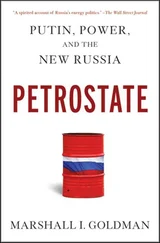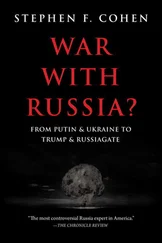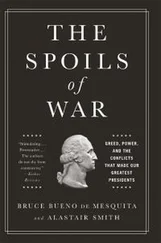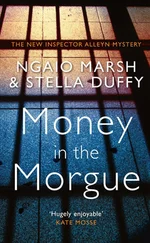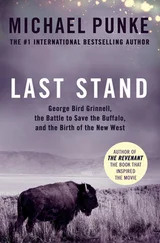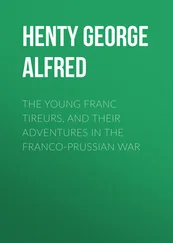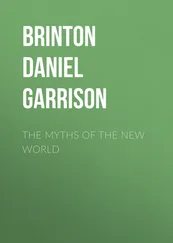This combination of neoliberal and statist impulses produced what the political scientist Gerald Easter calls an ‘upstairs-downstairs’ economy: large strategic industries remained directly or indirectly subordinated to the state, while private enterprise took care of the rest, from banking and construction to retail and petty trade. {18} 18 Gerald Easter, ‘Revenue Imperatives: State over Market in Post-Communist Russia’, in Neil Robinson, ed., The Political Economy of Russia , Lanham, MD 2012, p. 62.
But what both strands of Putin’s economic policy share is a respect for profit-making. This is not an incidental feature, nor is it simply driven by desires for personal enrichment or corruption at the top. The defining characteristic of the Putin system has been its commitment to defending the capitalist model put in place during the 1990s.
How, then, should the Putin system be described? During the 2000s, a number of terms were applied to it: ‘competitive authoritarianism’, ‘virtual democracy’, ‘militocracy’. {19} 19 Steven Levitsky and Lucan Way, ‘The Rise of Competitive Authoritarianism’, Journal of Democracy , vol. 13, no. 2, 2002; Andrew Wilson, Virtual Politics New Haven 2005; Olga Kryshtanovskaia and Stephen White, ‘Putin’s Militocracy’, Post-Soviet Affairs , vol. 19, no. 4, 2003.
The Kremlin’s own ideologues called it ‘sovereign democracy’ or ‘managed democracy’ – to which Russian wits responded by saying that either adjective was to ‘democracy’ what ‘electric’ is to ‘chair’. Later, as Russia’s relations with the West began to worsen, new terms joined the latter’s lexicon: ‘mafia state’, ‘kleptocracy’. {20} 20 Luke Harding, Mafia State , London 2011; Karen Dawisha, Putin’s Kleptocracy , New York 2014.
The various labels stressed different aspects of the regime: its increasingly authoritarian bent, reflected in the suppression of dissent and the spread of security service personnel throughout the state apparatus; its hollow performance of democratic rituals such as elections, emptied of any actual democratic content; and its artful manipulation of appearances through its grip on the media. Then there was its endemic corruption, and the entanglement of officialdom with organized crime. All of these features are undoubtedly present in Putin’s Russia, and they inflict real damage on the country’s socio-economic fabric. But they did not emerge only after 2000: they were present in the 1990s too. Still more crucially, identifying these ills only gets us so far in understanding what the Putin system is. They are symptoms, not causes; they describe the consequences of the system, rather than defining its essence.
Beneath the many labels attached to it, the Putin system is not fundamentally distinct from the one set in place under Yeltsin. It represents, rather, that system’s continuation and growth. In his highly astute writings on post-Soviet politics, the late Dmitri Furman argued that we should see Russia’s post-Soviet rulers as embodying successive stages in the evolution of a single model: a ‘revolutionary’ period of destruction of the old regime in the 1990s was followed by one of consolidation in the 2000s. {21} 21 An English-language condensation of Furman’s arguments can be found in ‘Imitation Democracies’, New Left Review 54, November–December 2008, pp. 28–47. Furman was Russia’s leading comparative scholar on post-Soviet politics; for a comprehensive account of his life and work, see Perry Anderson, ‘One Exceptional Figure Stood Out’, and ‘Imitation Democracy’, London Review of Books , 30 July 2015 and 27 August 2015.
Throughout this period, the dominant political form in the countries of the former USSR was what he termed ‘imitation democracy’: a system in which a formal commitment to democratic norms and procedures coexisted with a total absence of actual alternatives to the current regime. In most of the Soviet successor states – from Belarus to Kazakhstan, Azerbaijan to Russia – it remained impossible for the opposition to come to power, yet the ‘democratic’ facade of these regimes required them to hold elections of some kind every few years. This gave rise to recurrent moments of crisis. Indeed, as Furman pointed out, contested votes account for most of the rare occasions when post-Soviet countries broke out of the ‘imitation democratic’ cycle – Georgia’s Rose Revolution of 2003, Ukraine’s Orange Revolution of 2004, Kyrgyzstan’s Tulip Revolution of 2005. The Russian protests against electoral fraud in late 2011 occurred at another such moment of vulnerability, when the regime’s democratic rhetoric ran up against the reality of how it exercised power.
The basic post-Soviet political condition, then, has been one of what Furman called bezal’ternativnost ’ – ‘alternativelessness’. Many commentators have located its origins in these countries’ supposedly authoritarian political culture, or in some unabashed nostalgia for Stalinism, or in popular distaste for the democratic process. Furman came to rather different conclusions. He held that it developed out of a contradiction that attended the birth of these regimes: the mismatch between the new governments’ supposedly democratic goals and the gaping lack of a popular mandate for their programme of free-market transformation.
Every time the requirements of capitalist ‘transition’ came into conflict with the principle of popular sovereignty, Russia’s post-Soviet rulers made it clear enough where their loyalties lay. Yeltsin’s attack on the parliament in October 1993 was only the first in a long line of violations designed to shield a nascent post-Soviet capitalism from being held to account by the citizenry. After Yeltsin’s re-election in 1996 – secured, it bears repeating, thanks to a combination of electoral fraud and Western meddling – Anatoly Chubais, one of the main architects of privatization in Russia, left the public in no doubt about what had been at stake: ‘Russian democracy is irrevocable, private ownership in Russia is irrevocable, market reforms in the Russian state are irrevocable.’ {22} 22 David Hoffman, The Oligarchs: Wealth and Power in the New Russia , New York 2011 [revised and updated edition], p. 358.
This original contradiction between democratic appearance and capitalist substance was a crack in the foundations of the post-Soviet order, and it was preserved and maintained by Putin after 2000. Rather than overturning the policies of the Yeltsin period, he built on them. There was, however, one important difference between the presidencies of the two men, and it played out in the realm of ideology. Yeltsin, as the dismantler of the Soviet system, could openly embrace the ideology of the free market, as the necessary instrument of the transformation he was pushing through. Putin, though he had come to power as the guarantor of the system’s continuity, presented himself as someone who would undo the excesses of the 1990s. His rule was from the outset constitutively riven, defending in practice the outcomes of free-market reforms its rhetoric repudiated, and making nostalgic appeals to a Communist system whose egalitarian principles it rejected.
This contradiction remained the unbreachable limit of the Putin system, preventing it from developing a consistent ideological project. For most of the 2000s, attempts to concoct suitable concepts for it fell flat. ‘Sovereign democracy’ and ‘managed democracy’ were more exercises in marketing than expressions of a coherent vision, and didn’t gain any traction among the public as a whole. After returning to the Kremlin in 2012 Putin adopted a more stridently nationalistic agenda, in an attempt to give the system a more solid ideological foundation.
Читать дальше

